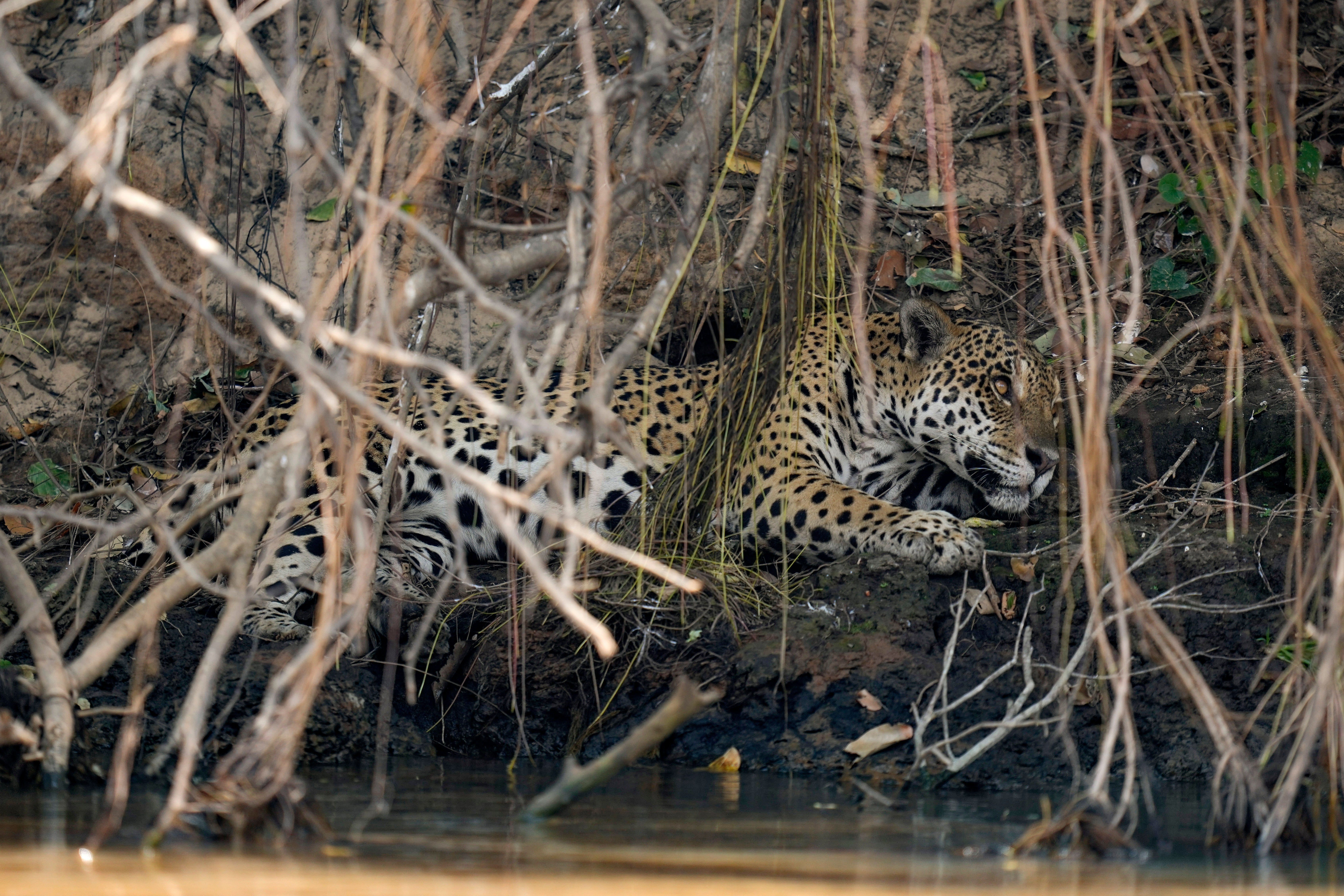Monkeys and snakes unable to escape as raging wildfires scorch wetlands in Brazil
Pantanal fires have surged almost tenfold so far this year

Your support helps us to tell the story
From reproductive rights to climate change to Big Tech, The Independent is on the ground when the story is developing. Whether it's investigating the financials of Elon Musk's pro-Trump PAC or producing our latest documentary, 'The A Word', which shines a light on the American women fighting for reproductive rights, we know how important it is to parse out the facts from the messaging.
At such a critical moment in US history, we need reporters on the ground. Your donation allows us to keep sending journalists to speak to both sides of the story.
The Independent is trusted by Americans across the entire political spectrum. And unlike many other quality news outlets, we choose not to lock Americans out of our reporting and analysis with paywalls. We believe quality journalism should be available to everyone, paid for by those who can afford it.
Your support makes all the difference.The scorched carcasses of monkeys, snakes and caimans dot the charred expanses of the once-green Brazilian Pantanal, the world’s largest tropical wetlands.
As night falls, an amber tower of smoke lights the sky. There is no rest for the fire or the animals trying to flee.
“The fire is on a very large scale, there is no time for them to escape,” said Delcio Rodrigues, head of the ClimaInfo Institute. “Sometimes they don’t even have anywhere to escape.”
The El Nino weather pattern, supercharged by climate change, has dried the area’s rivers and disrupted its usual seasonal flooding, leaving the ecosystem vulnerable to fires.
This year is threatening to overtake 2020 as the Pantanal’s worst year for wildfires on record, when the blazes killed an estimated 17 million vertebrates, according to a study published in Scientific Reports.
Satellite data from Brazil’s National Institute for Space Research (INPE) showed that the Pantanal fires have surged almost tenfold so far this year.
The UNESCO World Heritage Site, which covers an area more than twice the size of Portugal, is home to the world’s largest jaguar species as well as species like the endangered tapir and giant anteaters.
Experts are warning of risks to the populations as the region heads into the riskiest season for wildfires, usually peaking in September.
“Climate change plus the fires, they end up completely changing the environment. In the long term, there’s a reduction of biodiversity and loss of habitat,” said Rodrigues.
“Wild animals have nowhere to go.”
Join our commenting forum
Join thought-provoking conversations, follow other Independent readers and see their replies
Comments